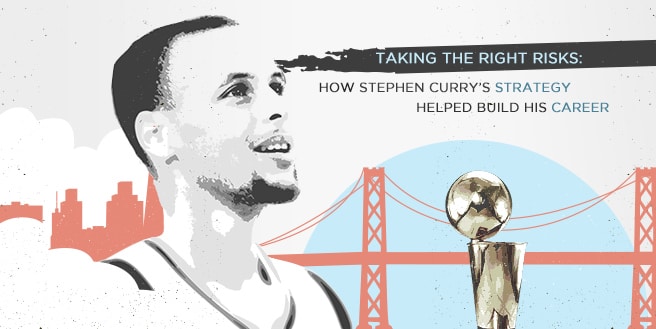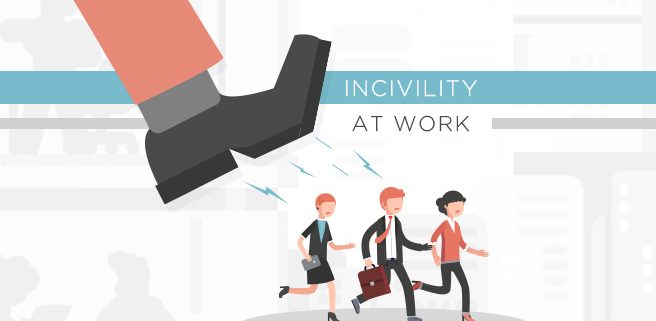Taking Risks: How Stephen Curry’s Strategy Helped Build His Career

Famous NBA player Stephen Curry triumphs roots from hard work and passion, but there’s another component present behind his success story; courage – the daring acts of taking new risks every game.
Curry has built his career around taking three pointers from crazy distances – shots that not a lot of mundane players would take. Defenders tend to dismiss these long-distanced shots because of the low likelihood of the ball actually making it to the basket, but the basketball star worked and worked until the chances weren’t unlikely for him.
The game that Curry built for himself is a classic example of braving competitive risks. Instead of going head-to-head against other players in the scarce area right under the ring, he would set himself in a place where others wouldn’t even dare to think of going for” 30 feet away from the basket. He developed a distinctive strength of making long-distance shots.
And though it seems like the aforementioned game plan can only be applied in sports, experts suggest that the same disruptive strategy can be implemented in business. Look for a gap, something that isn’t being done, something that nobody else is doing it. See if it would be beneficial for you to learn how to be good at it.
Disruptive Moves and Right Risks
If you’re having second thoughts on your career or feel that your skills have gone rusty, then maybe it’s high time that you shake up your career path. These precarious moves are what keeps a career from stagnating.
It’s a high-percentage move that if done well, offers great possibilities of success, rapid acceleration, and hyper-growth. A majority of us have become aware of the importance of market risks when it comes to starting a business, but not a lot of us know that the same unprecedented moves are what fuels individual growth. Businesses can only create disruption in the market if it starts from those behind its operations.
People often fail implementing these risks because they don’t know what it looks like when applied to their own careers, so here are a few ideas that you can use to accelerate your career:
• Curate a position with your strengths as a template
Etsy’s general counsel, Sarah Feingold, landed her job by convincing the organization’s founder that they need her as an in-house counsel. She took interest of offering up her services because of her side job as a jeweler on Etsy. Mixing her artistic talent and passion for law, she managed to land a role that didn’t exist yet.
It’s not hard to find stories of career sprouting from an individual’s love for a certain activity or skill. Visit your local coworking space and there you would see a handful of freelancers creating a living out of their hobbies.
Find something you’re good at and start from there.
• Look for opportunities outside your comfort zone
Don’t let the discipline written on your diploma stop you from exploring. Truth is, a majority of today’s in demand jobs requires a wide range of skills – some of which was never taught in college during our early years. Each individual carries a set of skills that can contribute to several jobs. It’s up to us to get out of our box and look for opportunities in places we’ve never dared to.
One good example of this is the collaborative culture built within coworking spaces. The interdisciplinary environment that these shared offices have made it possible for its members to corroborate with one another and help each other find new opportunities outside their domains.
The successful collaborations made within its diverse community is proof that challenging the status quo can actually produce great results.
Creating risk-embracing moves helps generate innovation within teams, firms and even industries. Ask yourself if there is an unmet need or unoccupied niche that you can fulfill with your skills. This is your new opportunity, so be brave and take it.
Talk to us today and we’ll help you conquer your fear of taking the long shot.




















